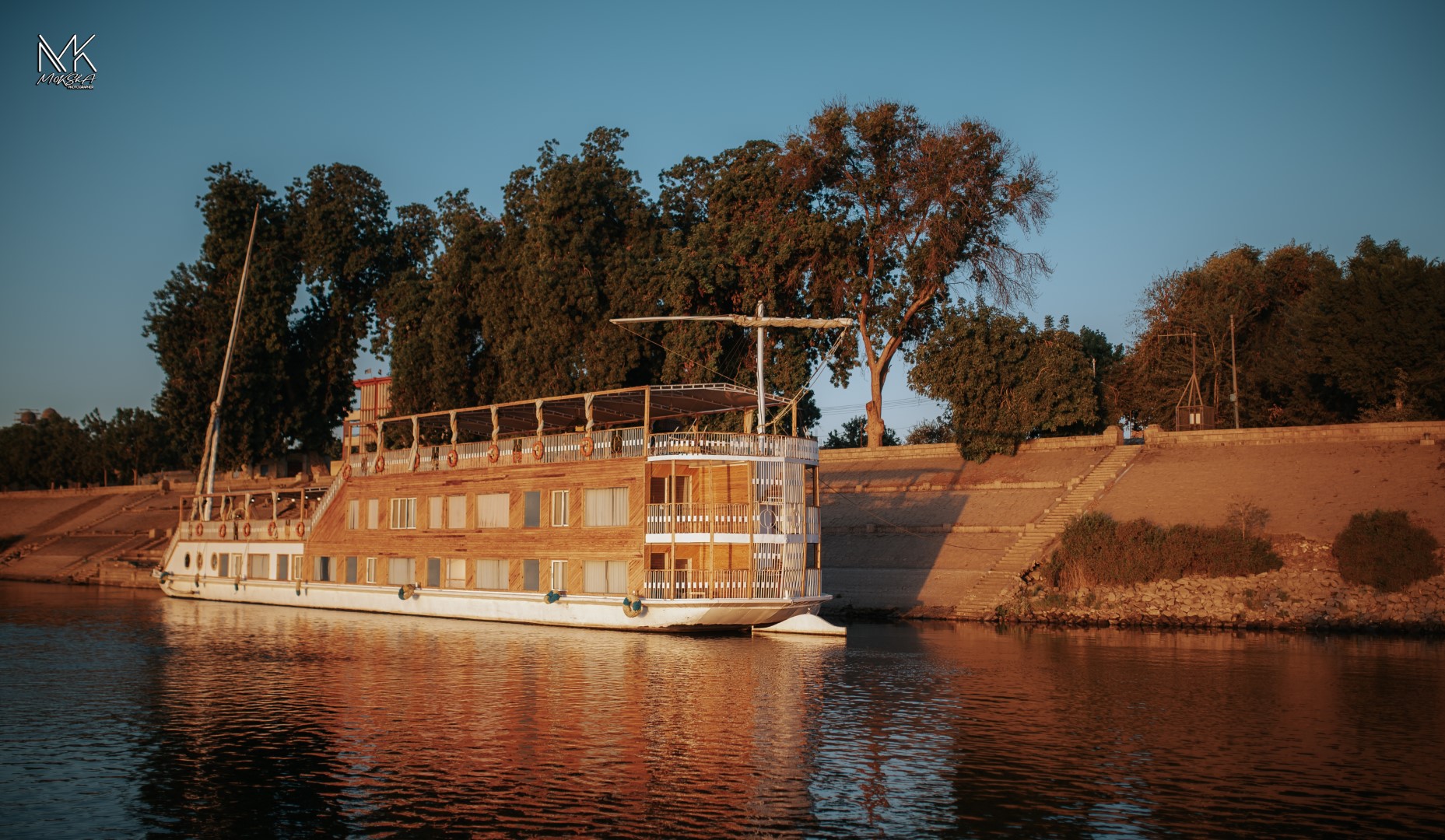Beit El-Wali Temple: A Hidden Gem of Nubian Monuments
Beit El-Wali Temple is a small yet historically significant rock-cut temple located near Aswan. Built during the reign of Pharaoh Ramesses II in the 13th century BCE, it was dedicated to the gods Amun, Khnum, and Anuket. The temple served as a symbol of Egyptian power in Nubia and was part of a series of monuments meant to secure the southern borders of the empire.
The name “Beit El-Wali” means “House of the Holy Man” in Arabic, though the temple itself is much older than the name suggests. It was carved into a sandstone cliff and features beautifully preserved wall reliefs that depict Ramesses II in military victories, including scenes of battles in Syria and Nubia.
Inside, the temple is divided into several chambers, including a small sanctuary. The walls are covered with colorful scenes showing offerings to the gods, religious rituals, and the king’s divine status. One of the most notable features is a vivid scene showing Ramesses II receiving tribute from Nubian chiefs, symbolizing Egypt’s dominance over the region.
During the 1960s, when the construction of the Aswan High Dam threatened to submerge the temple, Beit El-Wali was carefully cut into pieces and relocated to higher ground with the support of UNESCO, along with other Nubian monuments.
Though smaller than other temples, Beit El-Wali offers an intimate and fascinating look into ancient Egyptian art, politics, and religion in Nubia. It remains a quiet and lesser-known site that rewards those who take the time to explore it.


